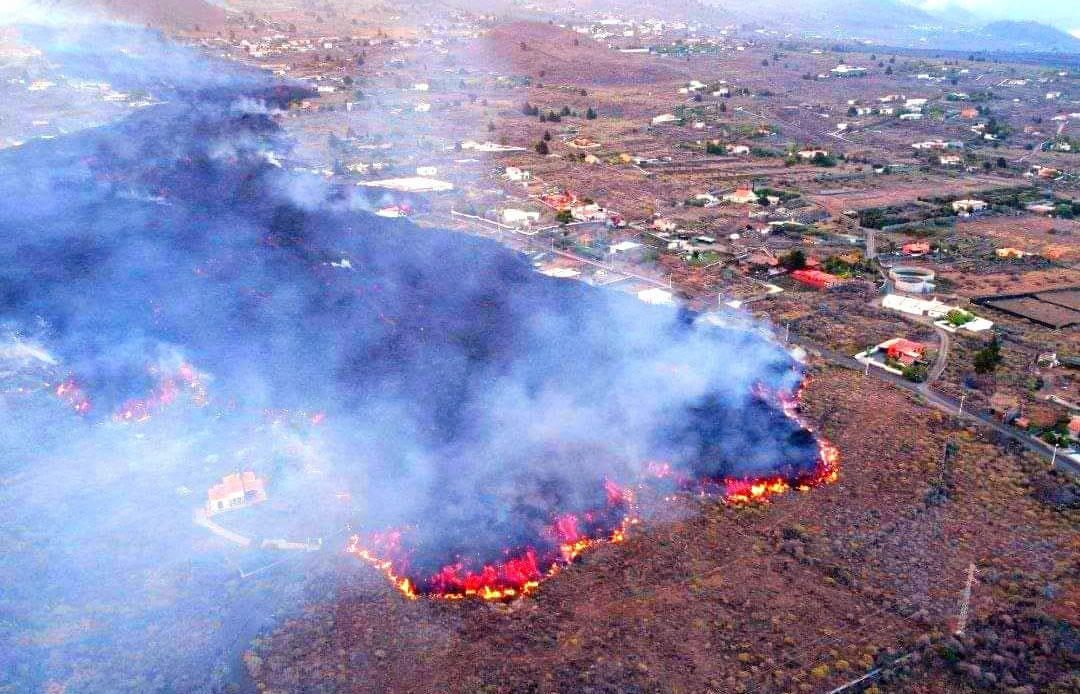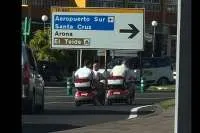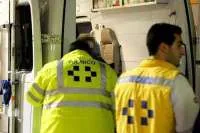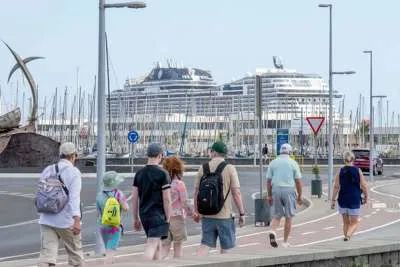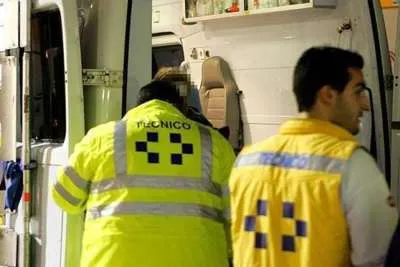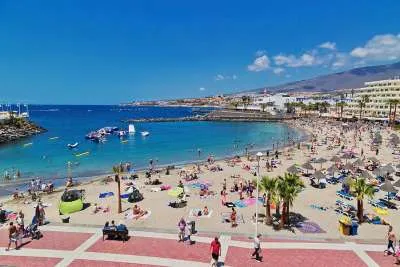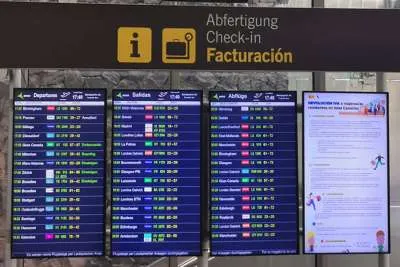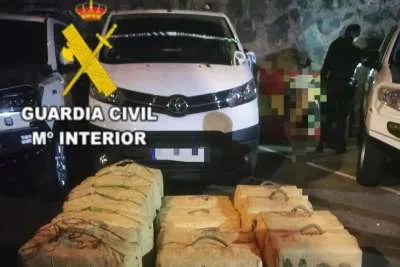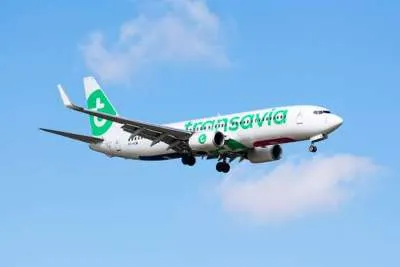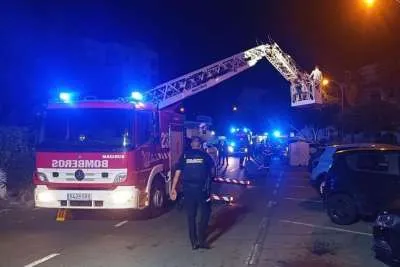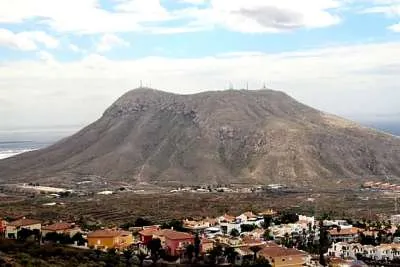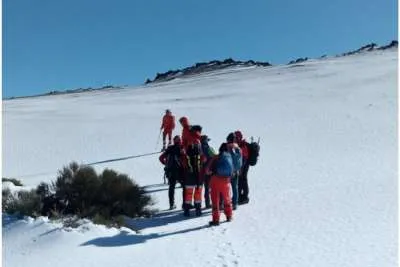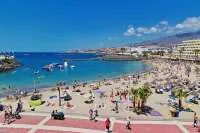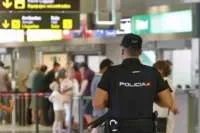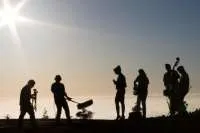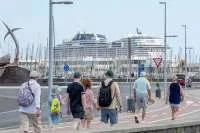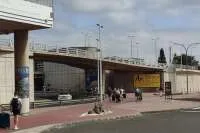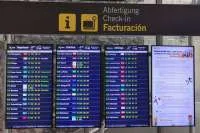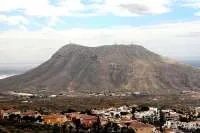LA PALMA UPDATE: Lava expected to reach the sea tonight causing ‘acid rain’
- 20-09-2021
- Tenerife
- Canarian Weekly
The lava flow that has been heading towards the west coast of La Palma since the 'Cumbre Vieja' volcano erupted yesterday afternoon (Sunday) has already destroyed around a hundred homes in the municipality of El Paso, according to the first calculations by the Cabildo, as it creeps at a rate of 700 metres per hour towards the sea.
The eruption has not caused human injury, but 5,000 people (including 500 tourists) have been evacuated from the municipalities of El Paso, Los Llanos de Aridane and Tazacorte, and by scientific recommendation, an exclusion radius of 2 kilometres has been set around the emission points to minimize the impact of pyro-blasts and gas exposure.
With current information, two hundred-meter-long fissures have been reported, aligned in a north-south direction, approximately 200 metres apart, with various emission points. The surface temperature of the lava is 1,075ºC, and the formation of a main cone is also confirmed, with a volcanic ash column reaching a height of 1,500 metres, and the gases emitted reach 3,000 metres into the sky.
In addition, there is a decrease in seismic activity, although some low-magnitude earthquakes continue to be registered and the occurrence of felt earthquakes has not yet been ruled out, and the deformations continue to be registered, mainly in the area closest to the eruption, reaching a cumulative deformation of 19 centimetres.
Regarding the state of the roads, the following are closed:
- The LP-212 road to Tacande.
- The LP-301, San Isidro-El Pilar highway, from La Pavona to the junction with LP-3 at El Paso.
- The LP-2014, Los Brecitos road and LP-105 for Los Tilos.
In addition, it is recommended not to travel along the LP-2, between the crossing of Las Manchas and El Sombrero, in Tajuya, as well as on the LP-213 and LP-212, which go up to Todoque and Las Manchas.
The lava flow has already reached the municipality of Los Llanos de Aridane and according to scientific projections, it is heading towards the coast of the municipality in a strip between Puerto Naos and La Bombilla, and is expected to reach the sea by 7pm tonight.
Volcanology experts have ruled out the possibility that a tsunami will occur when the lava reaches the sea because the volume of lava "is not excessive", they are strombolian eruptions, "small" that, "at most" can kill some fish, but they will not cause a tsunami.
However, when the lava flows do reach the sea, as explained by the professor of Geology at the University of Las Palmas de Gran Canaria, José Mangas, it is expected to be in the form of a huge waterfall that will fall down a cliff about one hundred metres high, among others.
There is every possibility a very notable thermal shock will occur, as the lava comes into contact with water that is at 23 degrees and will create acid rain. This will generate huge clouds of acid vapour since seawater contains 35 grams of salts per kilo, and salt is made up of chlorine (NaCl, sodium chloride).
“There will be explosions, the same as if we mix boiling oil with water. Acid rain can be generated that causes throat and nose irritations to people”, he explained, stressing that "it will be a wonderful spectacle that remains to be witnessed from this historic eruption”, which he has hoped will cause the least possible material damage.


